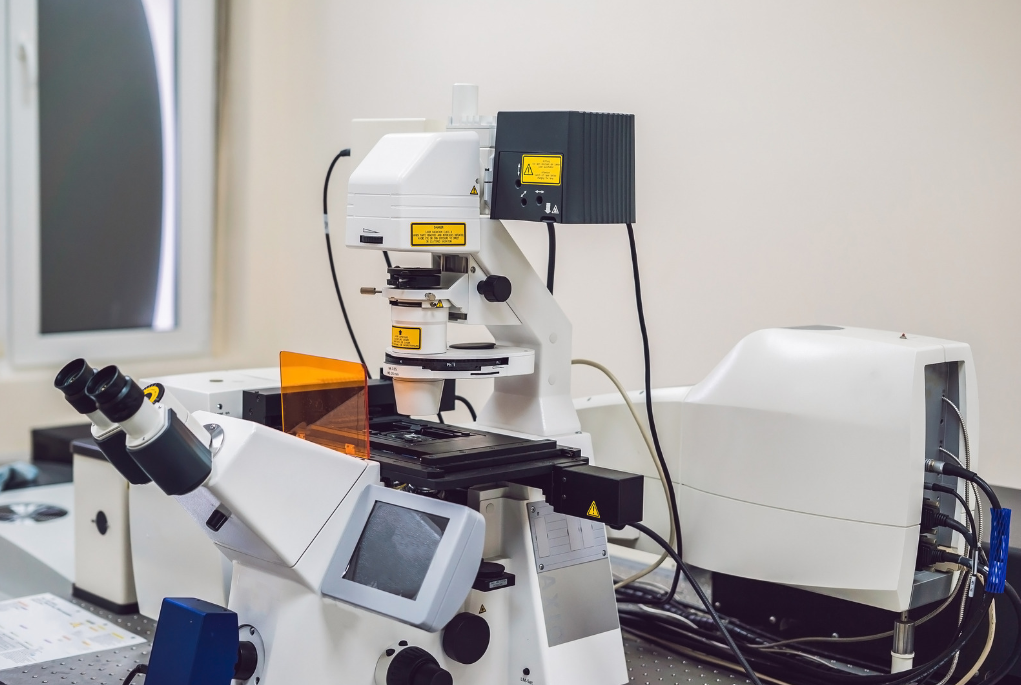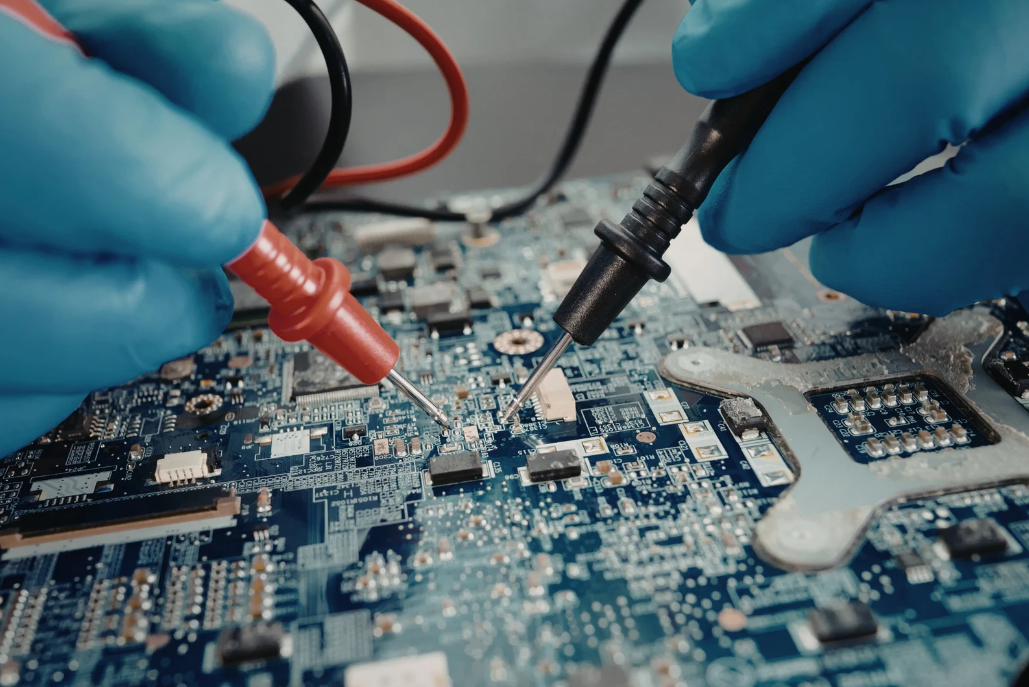The piezoelectric effect describes the ability of certain materials to generate electrical charges when they are mechanically stressed. This phenomenon occurs because the internal structure of these materials allows for the separation of positive and negative charges. When pressure is applied, it causes a shift in the positions of atoms within the crystal lattice, leading to an electric field.

Materials Exhibiting Piezoelectricity
Several materials exhibit piezoelectric properties, including natural crystals like quartz and synthetic ceramics such as lead zirconate titanate (PZT). These materials are chosen based on their ability to produce a significant electrical response to mechanical stress. Some common piezoelectric materials include:
- Quartz
- Rochelle salt
- Barium titanate
- Lead zirconate titanate (PZT)
Historical Background of Piezoelectricity
The discovery of the piezoelectric effect dates back to 1880 when French physicists Jacques and Pierre Curie first observed it in quartz crystals. Their groundbreaking work laid the foundation for the development of various applications that utilize this unique property. Over the years, advancements in material science have expanded the range of piezoelectric materials and their uses in different industries.
The piezoelectric effect is crucial in many applications, from generating high voltages to fine-tuning optical devices.
Industrial Applications of Piezo Elements
Piezo elements are widely used in various industrial applications due to their unique properties. These applications leverage the piezoelectric effect to achieve high precision and efficiency in different processes.
Precision Movement in Optical Devices
Piezo elements are essential in optical devices that require ultra-fine focusing. They enable precise adjustments in microscopes and cameras, ensuring clear and accurate images. This precision is crucial in scientific research and quality control in manufacturing.
Use in Non-Destructive Testing
In non-destructive testing, piezoelectric sensors are used to detect flaws in materials without causing any damage. These sensors can measure changes in pressure, acceleration, and strain, making them invaluable in industries like aerospace and construction.
Role in High Voltage Generation
Piezo elements can generate high voltages when subjected to mechanical stress. This property is utilized in applications such as ignition systems in gas grills and lighters. The ability to produce high voltage from a small device makes piezo elements highly efficient and reliable.
The versatility of piezo elements in industrial applications highlights their importance in modern technology. From ensuring safety in construction to enhancing the precision of optical devices, their impact is far-reaching.
Medical Applications of Piezo Elements
Piezo elements have revolutionized the medical field with their diverse applications. These tiny components are crucial in various medical devices, enhancing their functionality and efficiency.
Imaging Technologies
Piezo elements play a vital role in medical imaging technologies such as ultrasound machines. They help in generating and receiving sound waves, which are then converted into images. This technology allows doctors to see inside the body without invasive procedures.
Surgical Tools
In surgical tools, piezo elements provide precision and control. They are used in devices like scalpels and drills, offering high accuracy and reducing the risk of damage to surrounding tissues. This precision is especially important in delicate surgeries.
Patient Monitoring Systems
Piezo elements are also used in patient monitoring systems. They help in measuring vital signs such as heart rate and blood pressure. These systems rely on the sensitivity of piezo elements to detect even the slightest changes, ensuring accurate monitoring.
The integration of piezo elements in medical devices has significantly improved patient care and treatment outcomes.
Consumer Electronics and Piezo Elements
Piezo elements have become an integral part of many consumer electronics, enhancing their functionality and performance. These tiny components are found in a variety of devices, often without users even realizing it.
Scientific and Research Applications
Scanning Probe Microscopes
Scanning probe microscopes (SPMs) are essential tools in scientific research. They use piezoelectric materials to move the probe with extreme precision. This allows scientists to see and manipulate materials at the atomic level. SPMs are used in fields like nanotechnology and materials science.
Microbalances
Microbalances are highly sensitive scales that can measure very small masses. They often use piezo elements to ensure accurate readings. These devices are crucial in chemistry and biology labs where precise measurements are needed.
Nanopositioning Systems
Nanopositioning systems are used to control the position of objects with nanometer accuracy. They rely on piezo elements for their high precision and quick response times. These systems are vital in applications like semiconductor manufacturing and optical device assembly.
Piezo elements are key in many scientific tools, making it possible to achieve the high precision needed for advanced research.
Advantages of Using Piezo Elements
High Precision and Accuracy
Piezo elements are known for their high precision and accuracy. They can control movements down to the nanometer level, making them ideal for applications that require exact positioning. This is especially useful in fields like optics and microscopy, where even the smallest error can lead to significant issues.
Energy Efficiency
One of the standout features of piezo elements is their energy efficiency. They do not require an external power source to generate a voltage when a force is applied. This makes them highly efficient and reduces the overall energy consumption of the systems they are integrated into.
Durability and Reliability
Piezo elements are incredibly durable and reliable. They can withstand high temperatures and are immune to electromagnetic interference. This makes them suitable for use in harsh environments where other materials might fail.
The high-temperature resistance and immunity to electromagnetic interference make piezo elements a reliable choice for various applications.
In summary, the advantages of using piezo elements include high precision, energy efficiency, and exceptional durability, making them a versatile choice for a wide range of applications.
Challenges and Limitations
Material Limitations
Piezoelectric materials have some inherent limitations. For instance, they can only generate small amounts of electrical energy, which restricts their use in high-power applications. This low power output is a significant drawback for many potential uses.
Cost Factors
The production of piezo elements can be expensive. The materials used, such as certain ceramics and crystals, are not cheap. Additionally, the manufacturing process itself is complex and costly, making the final products more expensive.
Environmental Sensitivity
Piezo elements are sensitive to environmental conditions. Factors like temperature and humidity can affect their performance. This sensitivity can limit their use in harsh or variable environments.
Despite these challenges, piezo elements remain valuable in many applications due to their unique properties and benefits.
Conclusion
In summary, piezoelectric elements are incredibly versatile and beneficial in many fields. From creating sound in musical instruments to helping doctors see inside the human body, these tiny components play a big role. They are used in everyday items like cell phones and printers, as well as in advanced scientific tools like microscopes. The ability of piezo materials to detect small changes and make precise movements makes them invaluable. As technology continues to advance, the applications and benefits of piezoelectricity will only grow, making our lives easier and more efficient.
Frequently Asked Questions
What is the piezoelectric effect?
The piezoelectric effect happens when certain materials produce an electric charge in response to mechanical stress. This means they can convert mechanical energy into electrical energy and vice versa.
Which materials show piezoelectric properties?
Materials like quartz, Rochelle salt, and certain ceramics exhibit piezoelectric properties. Some man-made materials, such as lead zirconate titanate, are also piezoelectric.
How are piezo elements used in everyday devices?
Piezo elements are found in many everyday devices like smartphones, printers, and musical instruments. They help in sound production, precise movements, and even in igniting grills.
What are the medical uses of piezo elements?
In medicine, piezo elements are used in imaging technologies like ultrasounds, surgical tools, and patient monitoring systems. They help in creating detailed images and precise surgical movements.
Why are piezo elements important in scientific research?
Piezo elements are crucial in scientific research for tools like scanning probe microscopes and nanopositioning systems. They allow for extremely precise measurements and movements at the atomic level.
What are the benefits of using piezo elements?
Piezo elements offer high precision, energy efficiency, and durability. They are reliable and can perform very fine movements, making them useful in many different applications.



